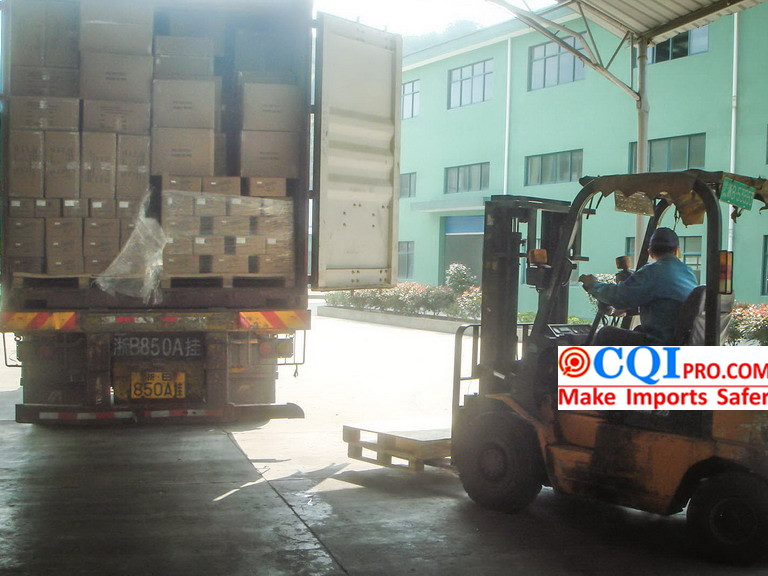1. Overview of Container Supervision during Loading
1.1 In the context of international trade, container supervision during loading serves as a crucial safeguard for transaction security, particularly under Letter of Credit (L/C) or Telegraphic Transfer (T/T) payment terms, ensuring buyers’ interests are protected from harm.
1.2 Third-party inspection companies play a role in overseeing the cargo loading process on-site, verifying consistency between goods and orders, and ensuring loading safety, thereby mitigating buyers’ quality and transportation risks.

2. Distinction between Container Supervision during Loading and Pre-Shipment Inspection
2.1 While pre-shipment inspection focuses primarily on commodity quality control, container supervision during loading emphasizes the accuracy of order fulfillment and protective measures for goods during transit.
3. Special Customer Requirements
3.1 Goods are to be sorted and arranged systematically within containers to facilitate sorting and inventory by the recipient, enhancing subsequent logistics efficiency.
3.2 Samples or single boxes are to be left at the container entrance for easy customs inspection at the destination port, reducing clearance delays.
4. Common Supplier Issues & Solutions
4.1 Suppliers may overlook special packaging and loading requirements, leading to recurring issues for importers. Third-party supervision ensures adherence to high loading standards.
4.2 Disputes over mishandling of fragile items can be mitigated through on-site monitoring by third-party supervisors, clarifying responsibility and minimizing conflicts.
5. Container Supervision during Loading Process & Checkpoints
5.1 Environmental & Basic Information Recording: includes weather conditions, container status, and identification numbers.
5.2 Container Inspection: verifying the integrity of both interior and exterior, excluding potential damage and contamination risks.
5.3 Quantity & Packaging Confirmation: reconciling actual packed quantities with the condition of outer packaging.
5.4 Random Sampling Inspection: opening boxes randomly to confirm compliance of goods specifications.
5.5 Supervision of Loading: ensuring adherence to standards for safe and efficient loading.
5.6 Sealing & Documentation: securing containers with client seals, documenting seal numbers and departure times.
5.7 Laboratory Testing Sampling: if required, samples are taken for testing to verify product quality.
6. Importance of Container Supervision during Loading
6.1 Guarantees the quantity and quality of goods, preventing fraudulent activities.
6.2 Provides detailed inspection reports, including site photographs, enhancing transparency.
6.3 Offers accurate basis for financial settlement, ensuring payment according to the actual loaded quantity.
6.4 Acts as compelling evidence in legal and commercial disputes, protecting the rights and interests of all parties involved in trade.
7. Service Scope & Advantages
7.1 CQI’s service network spans across a wide area in China, enabling rapid response to customer needs and deployment of inspectors to any designated location.
7.2 Professional on-site supervision and reporting systems ensure global clients benefit from convenient, efficient, and reliable container supervision during loading services.